
In the high-stakes world of Formula 1, where split-second decisions dictate outcomes and reputations hang in the balance, the adjudication of racing incidents is a constant source of debate. Few things ignite the paddock quite like a controversial penalty, especially when a team feels aggrieved and decides to challenge the very foundations of a stewards’ ruling.
Such was the case following the Dutch Grand Prix at Zandvoort, where an on-track clash between Williams driver Carlos Sainz and Racing Bulls’ Liam Lawson led to immediate penalties and widespread discussion. The initial verdict sparked incredulity, particularly from Sainz and his team, setting the stage for a rare and significant challenge to the sport’s judicial process.
What followed was a meticulous legal battle, with Williams successfully navigating the complex FIA review criteria to overturn a portion of Sainz’s penalty. This outcome, though not altering the race classification, has far-reaching implications for how racing incidents are judged and how teams can seek redress in the future.

1. **The Zandvoort Collision: Sainz vs. Lawson at Turn 1**The incident in question unfolded on Lap 26 of the Dutch Grand Prix, shortly after a Safety Car restart. Carlos Sainz, in his Williams, attempted an overtake around the outside of Turn 1 on Liam Lawson’s Racing Bulls. The close quarters racing led to contact between Sainz’s front right and Lawson’s rear left, a moment that would define the rest of their respective races.
Both cars sustained significant damage as a direct consequence of the collision. Lawson’s car suffered a left rear puncture, while Sainz’s Williams incurred front wing damage. This meant that both drivers, despite their efforts, finished outside the points, their chances of a strong result curtailed prematurely by the coming together.
At the time of the initial decision, the stewards reportedly deemed that Lawson had “the right to the corner,” a common interpretation in such tight racing scenarios. This initial assessment laid the groundwork for the penalty that would soon follow, much to the dismay of the Williams camp and Sainz himself.
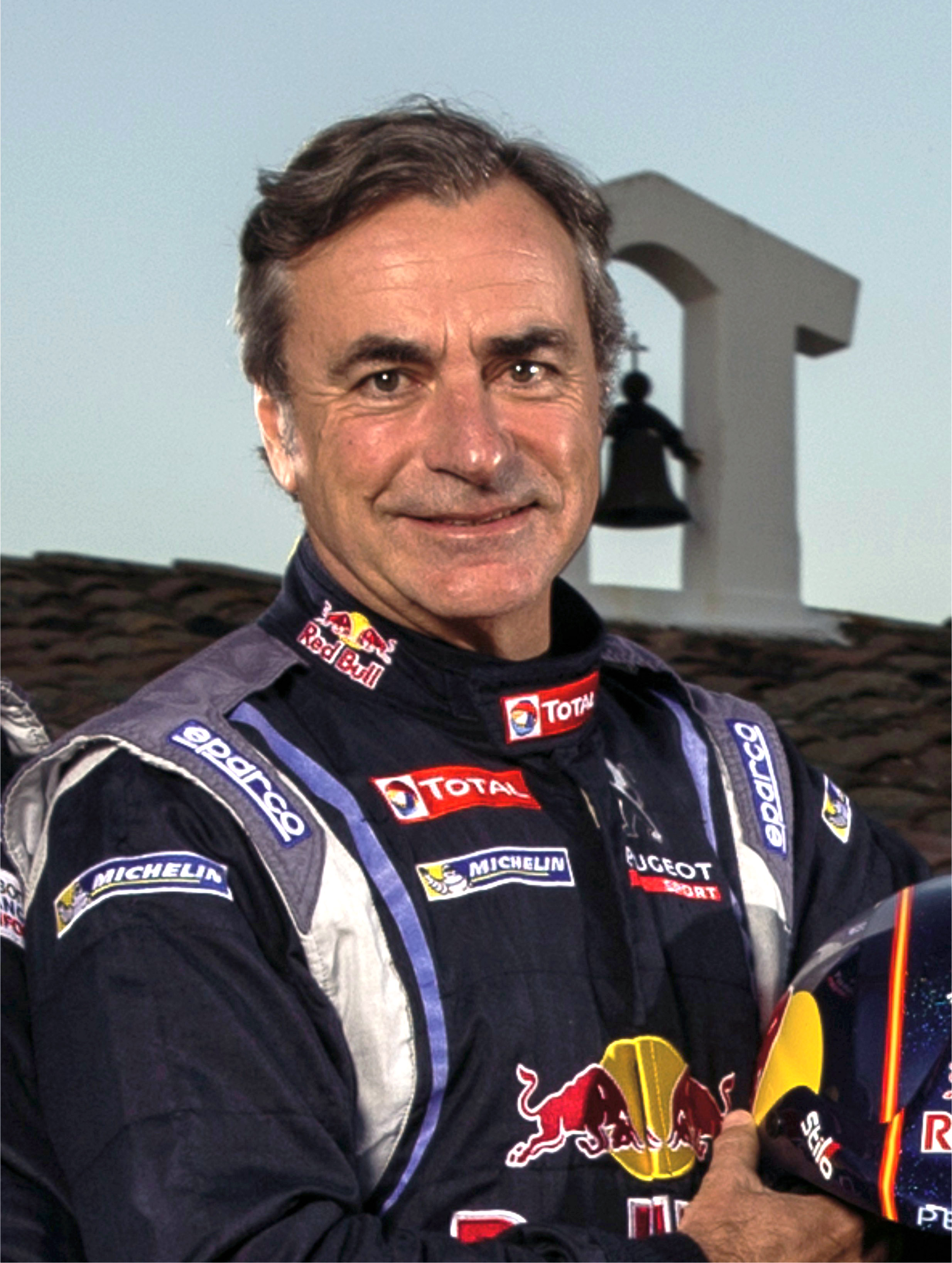
2. **The Initial FIA Stewards’ Ruling and its Immediate Impact**Following the Zandvoort collision, the FIA stewards swiftly handed down their initial verdict. Carlos Sainz was found at fault for the incident and was subsequently issued a 10-second time penalty, to be served during the race. In addition to this, he also received two penalty points on his FIA Super Licence.
These penalty points are a critical aspect of F1’s disciplinary system; accumulating 12 points within a 12-month period results in a race ban. The imposition of two points was therefore a significant mark against Sainz’s record, adding to the severity of the sanction beyond just the immediate race impact.
Sainz’s frustration was palpable and immediate, describing the penalty as a “complete joke.” He finished the Dutch Grand Prix in 13th position, a race-destroying outcome that left him incredulous as to why he had been solely found at fault, directly impacting his and Williams’ points prospects.
Read more about: Tran Trong Duyet: Unpacking the Complex Legacy of John McCain’s Captor at the ‘Hanoi Hilton’ and His Journey Towards Reconciliation
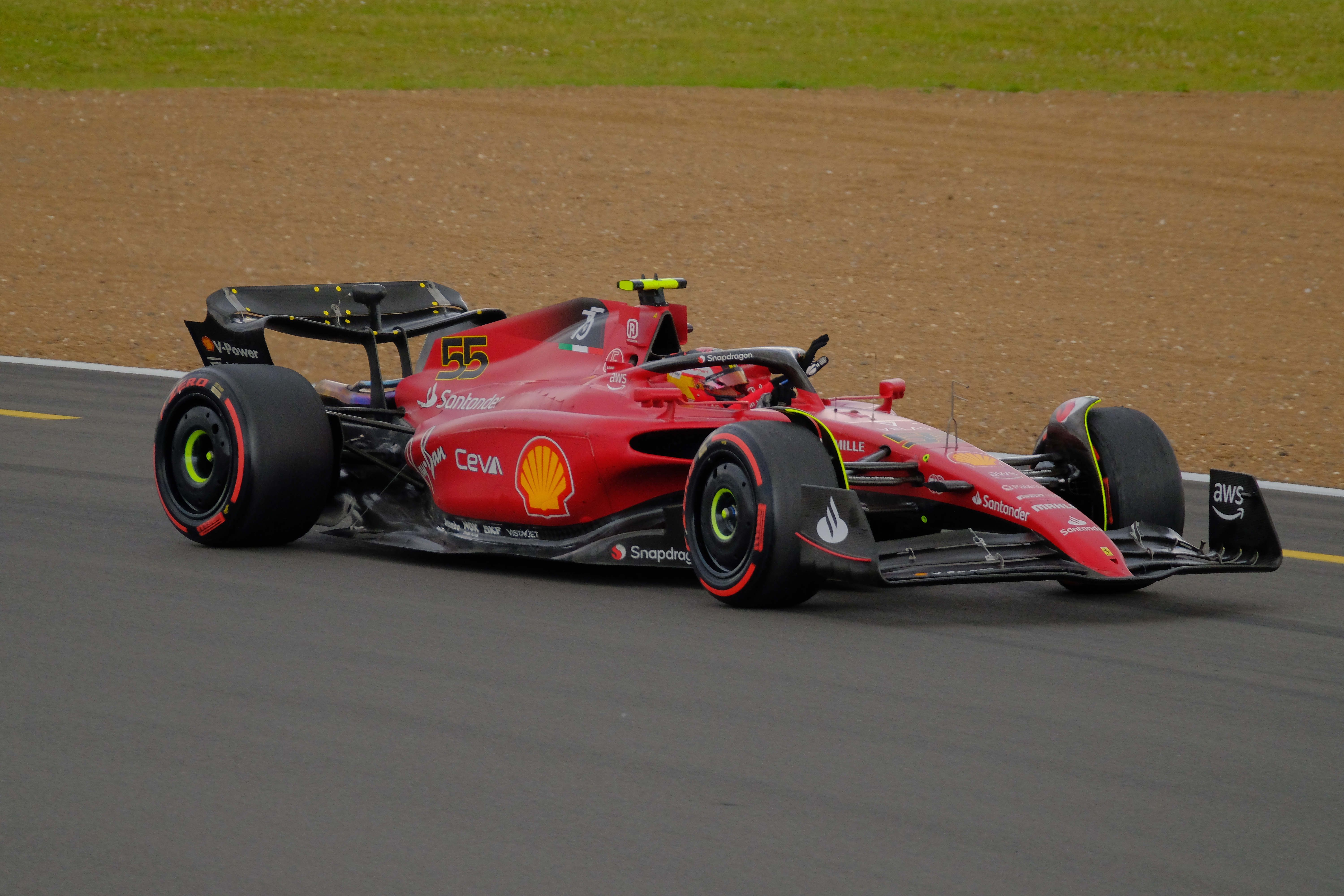
3. **Williams Racing’s Swift Challenge: Lodging a Petition for Right of Review**Convinced that their driver was wrongly blamed for the Zandvoort incident, Williams Racing wasted no time in preparing a robust challenge. Before the Italian Grand Prix, the team officially confirmed its intent to lodge a petition for a right of review into the race-destroying incident.
The core of Williams’ argument revolved around their belief that the collision was fundamentally a racing incident, not one for which Sainz should bear sole culpability. They specifically contended that Lawson had experienced an “errant drift” mid-corner, which significantly contributed to the contact and altered the dynamics of the situation.
Successfully pursuing a right of review in Formula 1 is a rare occurrence, marking this endeavor by Williams as particularly ambitious. It signifies a significant commitment of resources and a deep conviction in their case, highlighting the gravity with which they viewed the original decision and its implications.
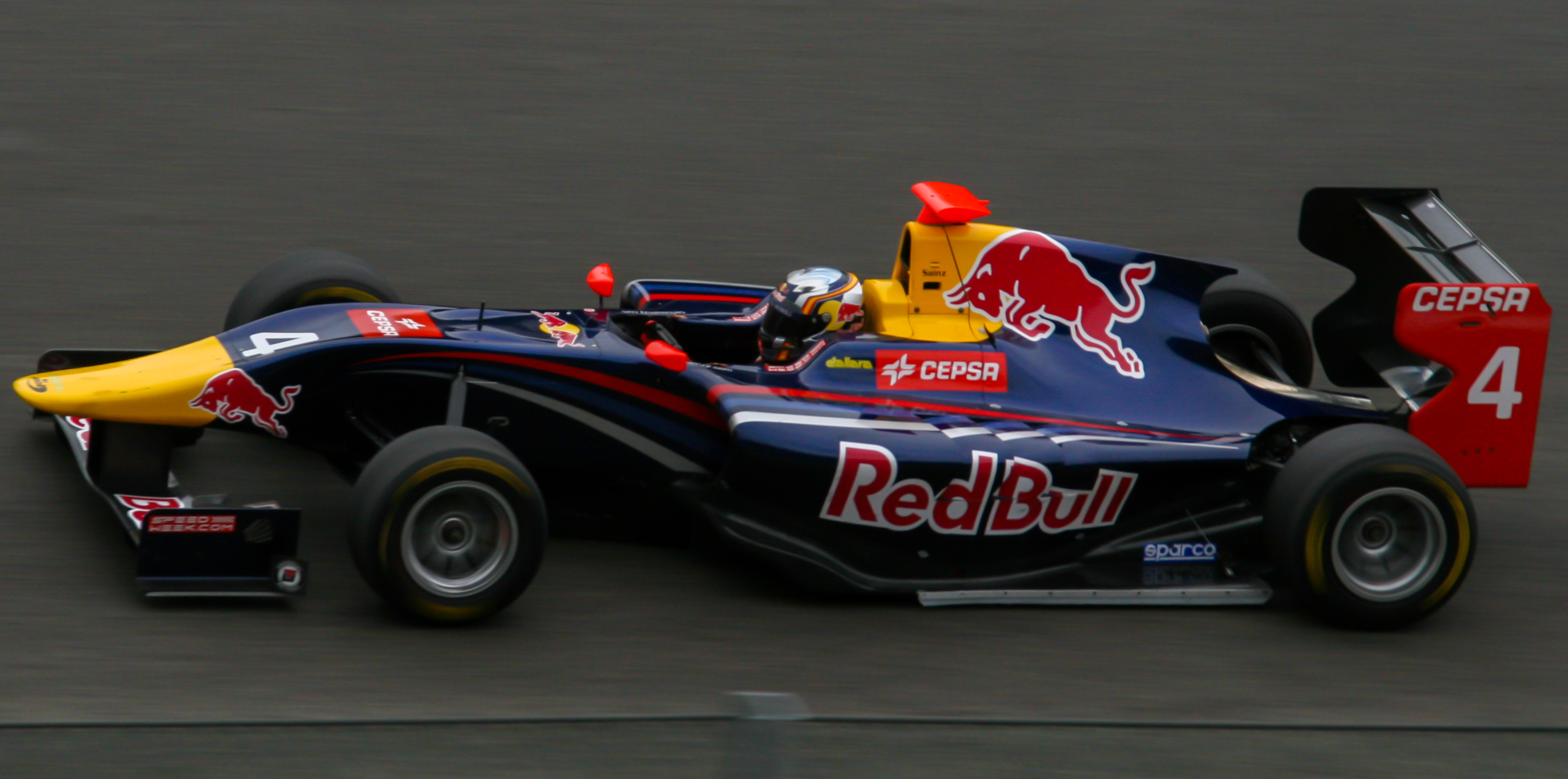
4. **The First Hearing: Establishing Grounds for Review**The initial hearing, a crucial gateway in the review process, took place on a Friday, bringing together key representatives from all parties involved. Williams was represented by sporting director Sven Smeets and team manager Dave Redding, with Carlos Sainz himself also in attendance to provide his direct account of the events.
Racing Bulls, the team of Liam Lawson, requested and was granted permission to attend the opening arguments, despite not being summonsed to do so. Their representation included team manager Marco Perrone and Liam Lawson. Observing the intricate debate between the parties and the Dutch GP stewards was the FIA’s F1 sporting director, Tim Malyon.
The primary objective of this initial hearing was strictly procedural: to determine whether there were any new, significant, relevant, and unavailable elements to consider in order to proceed with a full right of review. This strict criterion is the first hurdle any team must clear to challenge a previous stewards’ decision.
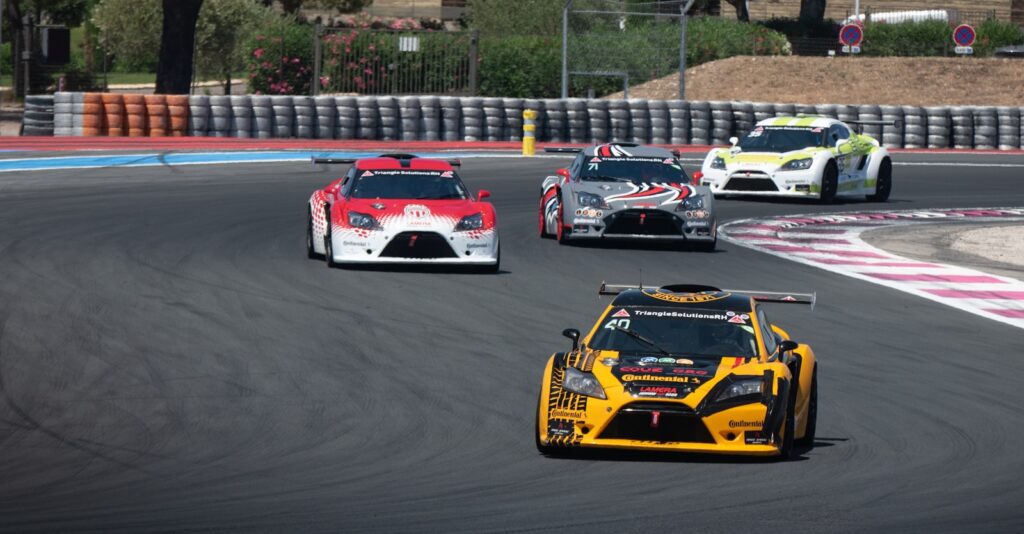
5. **The ‘New’ Evidence: Unveiling Crucial Camera Footage and Testimony**To meet the stringent criteria for a right of review, Williams presented several pieces of evidence that they argued were ‘new’ and therefore admissible. Central to their submission was camera footage from the 360-degree camera mounted on Carlos Sainz’s car, offering a unique perspective previously unexamined.
Further bolstering their case, Williams also submitted footage from the rear-facing camera on Liam Lawson’s car. These video feeds, crucial for understanding the exact positions and movements of both cars, were not live transmissions during the race, meaning they could only be reviewed post-race, as confirmed by FIA F1 Sporting Director Tim Malyon and acknowledged by Racing Bulls.
In addition to the visual evidence, Sainz’s own testimony was presented as another ‘new’ element. Williams argued that this firsthand account from the driver was not available to the stewards at the time of their original decision, emphasizing its fresh perspective on the incident. These combined elements formed the bedrock of their argument for a comprehensive reassessment.
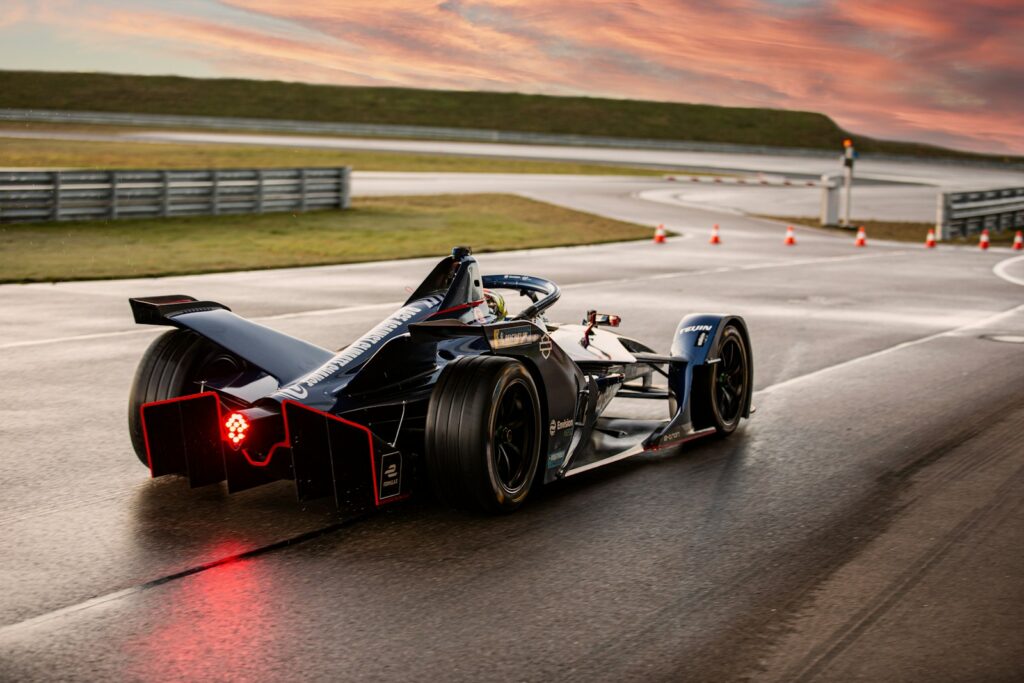
6. **Stewards’ Agreement on Evidence: ‘New, Relevant, and Significant’**The FIA stewards, after careful deliberation during the initial hearing, acknowledged the validity of Williams’ claims regarding the new evidence. They formally agreed that the submitted elements – the 360-degree camera footage from Sainz’s car, Lawson’s rear-facing camera footage, and Sainz’s testimony – were indeed ‘new’ because they had not been available to Williams at the time of the initial decision.
Furthermore, these elements were deemed ‘relevant’ due to the video footage and Sainz’s detailed account being directly pertinent to the contested incident. Their direct applicability to understanding the collision was undeniable, making them critical pieces of information for any reassessment of fault.
Most importantly, Williams successfully argued that these elements were ‘significant’. The newly presented video footage, particularly Lawson’s rear-camera view showing his rear wheels moving towards Sainz after the apex of Turn 1, offered critical evidence of the cars’ positions and proximities. Williams used this to contend that Lawson experienced a momentary loss of control, requiring corrective steering input, which resulted in him colliding with Sainz, rather than the reverse.
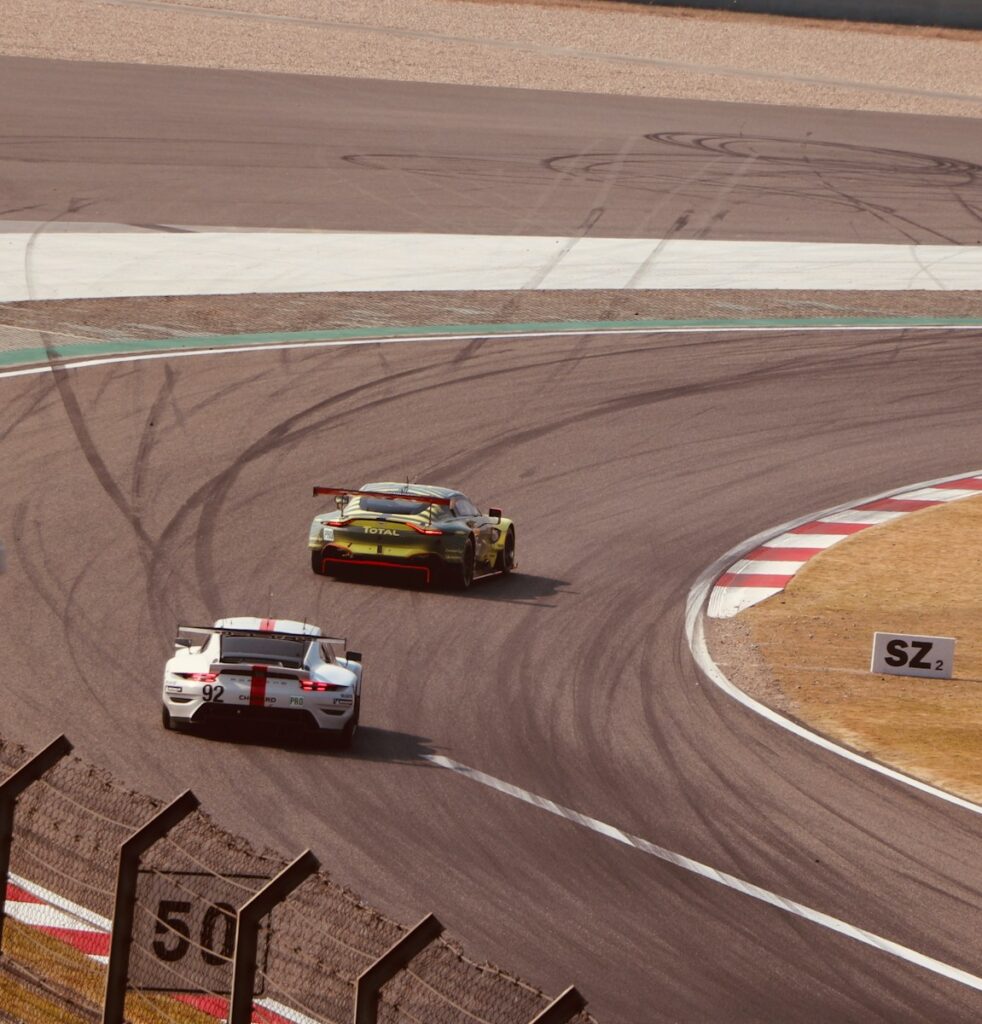
7. **Reservations and Progression: Upholding the Petition for a Second Hearing**Despite the clear presentation of new, relevant, and significant evidence, the stewards expressed some reservations regarding the inclusion of Carlos Sainz’s personal testimony. They noted that driver testimonies are typically not available at the moment initial decisions are made, and stewards possess the authority to issue rulings without directly hearing from a driver.
However, these reservations did not impede the overall progression of the petition. The crucial threshold for a right of review had been met, as the evidence presented was unequivocally new, relevant, and had been unavailable to Williams at the time of the initial penalty imposition. This validation paved the way for the next stage of the process.
With the petition officially upheld, the matter moved forward to a second, more detailed hearing. This subsequent session was designed to delve deeper into the arguments, with the newly accepted evidence now forming a central part of the discussion, promising a thorough re-evaluation of the Zandvoort incident and setting the stage for the final verdict.

8. **The Second Hearing: Detailed Arguments and Counter-Arguments**The progression to a second, more detailed hearing marked a pivotal moment, as both Williams and Racing Bulls were given the opportunity to present their full cases, scrutinising the newly accepted evidence. Williams, firmly convinced of their driver’s innocence, reiterated their stance that Sainz was entitled to race alongside Lawson through Turn 1. Their argument maintained that Sainz had meticulously left sufficient space for Lawson on the inside of the corner, and the ensuing collision was a direct consequence of Lawson’s momentary loss of control, rather than an error by Sainz.
Carlos Sainz himself provided a firsthand account, testifying that he was unprepared for Lawson’s unexpected ‘moment’ mid-corner, which led to the contact with his car. Williams characterised the incident as a clear ‘racing incident,’ a term often used to describe unavoidable contact during intense competition for which no single driver should bear sole blame. Crucially, in their detailed submission, Williams explicitly stated that they were not calling for a penalty to be imposed upon Liam Lawson, focusing instead on exonerating their own driver.
In response, Racing Bulls presented its counter-arguments, robustly denying Williams’s assertions. Their primary contention was that the collision occurred solely because Sainz chose to drive excessively close to Lawson. Liam Lawson, in his own testimony, denied experiencing a loss of control, explaining that a ‘slight snap’ of the type encountered is not uncommon when cars are racing in such close proximity, particularly on fresh tyres after a Safety Car restart. This painted a picture of aggressive but controlled racing, challenging the narrative of Lawson’s culpability.
Racing Bulls further submitted that, while the Driving Standards Guidelines were relevant, their specific submissions in that regard would only become pertinent if the stewards were satisfied that the review criteria had been met. This strategic move aimed to acknowledge the procedural framework while still challenging the substance of Williams’s interpretation of the incident and Lawson’s actions on track.
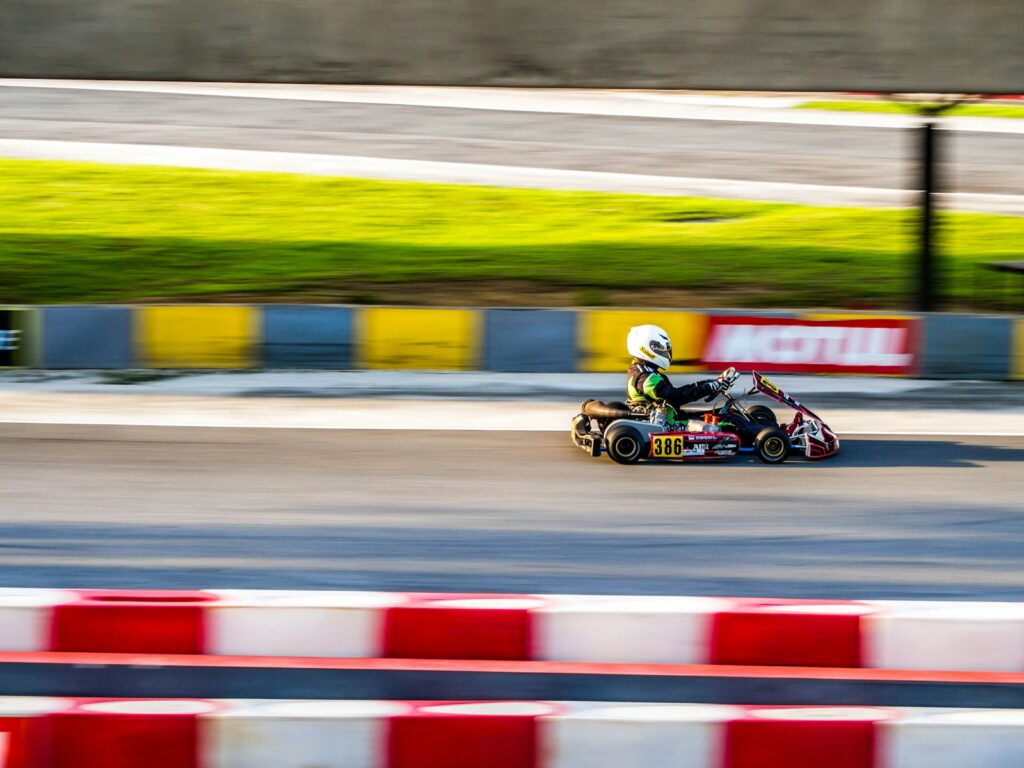
9. **Stewards’ Comprehensive Reassessment and the Nuanced Verdict**The FIA stewards undertook an extensive and thorough reassessment, meticulously reviewing all the new video evidence, including the 360-degree camera footage from Sainz’s car and the rear-facing camera footage from Lawson’s car. They also carefully considered the testimonies from both Carlos Sainz and Liam Lawson, alongside the detailed arguments presented by their respective team representatives. This comprehensive approach aimed to leave no stone unturned in determining the true nature of the Zandvoort incident.
Following this detailed consideration, the stewards reached a pivotal conclusion: they formally agreed with Williams’ characterisation of the collision as a ‘racing incident.’ This significant finding marked a fundamental shift from their initial ruling, acknowledging the complexities inherent in the on-track battle that led to the contact. The new evidence had clearly provided a more complete picture of the dynamics at play during the critical moments of the collision.
A key element of their revised determination was the finding that the collision was indeed ’caused by a momentary loss of control by Lawson.’ This directly supported Williams’s core argument that Lawson had experienced an ‘errant drift’ mid-corner. However, the verdict was nuanced, adding a crucial layer of interpretation by stating that, in the stewards’ assessment, ‘no driver was wholly or predominantly to blame for that collision.’ This acknowledged shared responsibility, even if one driver’s action initiated the contact.
The stewards elaborated on Sainz’s contribution to the incident, noting that he ‘contributed to the incident by taking the risk to drive close to, and on the outside of, Lawson when Sainz had no right to room there.’ They further explained that there was ‘a real possibility that, if the collision had not occurred where it did, Sainz would run out of track at the exit and/or a collision would have occurred at the exit for which Sainz would likely be predominantly if not wholly to blame.’ This provided a balanced view, attributing some element of risk-taking to Sainz, despite Lawson’s momentary loss of control.

10. **The Unchanged Time Penalty: A Matter of Jurisdiction**Despite the significant change in the stewards’ assessment of culpability for the collision, the 10-second time penalty initially imposed upon Carlos Sainz remained in effect. This particular aspect of the verdict underscores a critical limitation within the FIA’s review process and the parameters of the stewards’ authority. The penalty, having been served during the race itself, fell outside the scope of what could be retroactively altered.
The FIA stewards explicitly stated that they possessed ‘no power to remedy that served time penalty by amending the classification.’ This legal and procedural constraint meant that while the understanding of the incident had evolved, the practical outcome of the in-race sanction could not be reversed. The rules governing the post-race review primarily focus on retrospective adjustments like penalty points, rather than altering race classifications that have already been finalised after a served penalty.
It is important to note that, despite the penalty standing, its impact on Sainz’s final race result was ultimately inconsequential. The stewards pointed out that the gap between Sainz’s car and the car ahead in the final classification – coincidentally Lawson’s car – was 17 seconds. This significant time difference meant that even if the 10-second penalty had been removed, Sainz’s 13th-place finish would not have improved, as he would still have been behind Lawson’s 12th position.
This outcome, while frustrating for Williams in principle, mitigated any practical damage to Sainz’s championship standings or the team’s points tally from that specific race. It highlights the often-complex interplay between sporting regulations, in-race adjudication, and the distinct limitations of post-race review mechanisms, where the practical application of rules can sometimes differ from the theoretical desire for full redress.
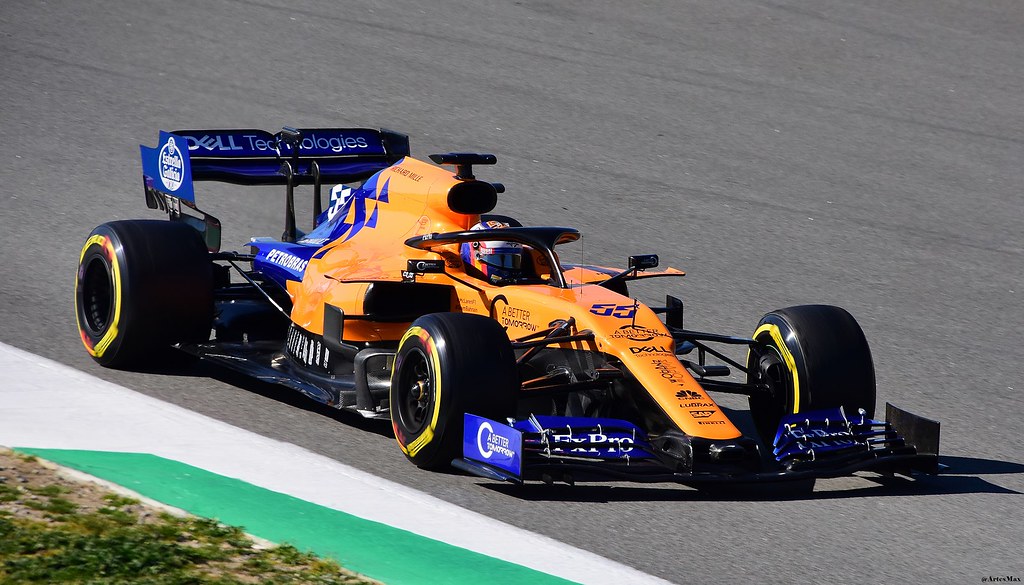
11. **The Removal of Penalty Points: A Crucial Win for Sainz**While the time penalty remained, the most tangible and significant victory for Carlos Sainz and Williams Racing came with the immediate removal of the two penalty points from his FIA Super Licence. This particular aspect of the verdict directly addressed one of the most critical concerns for the driver, as penalty points accumulate over a 12-month period and can lead to serious consequences, including a race ban upon reaching 12 points.
The decision to rescind the original ruling meant that ‘the 2 penalty points imposed on the Driver of Car 55 are to be removed.’ This was a direct and automatic consequence of the stewards agreeing with Williams’s characterisation of the incident as a racing incident and finding that no driver was wholly or predominantly to blame. The penalty points, being a disciplinary measure linked to fault, could no longer be justified under the revised assessment.
For Sainz, this represented a crucial clearing of his disciplinary record. The original two points would have added to any previous accumulation, potentially putting him closer to the threshold for a future race ban. With their removal, his current tally of penalty points in the past 12 months returned to a lower, safer level, providing him with greater security as the season progressed. This aspect of the review, therefore, had a direct and positive impact on his career trajectory and future participation.
The removal of penalty points also sends a strong signal regarding the revised interpretation of the incident. It publicly acknowledges that, in the considered view of the FIA stewards, Sainz was not deserving of such a disciplinary mark on his licence for the contact with Lawson. This outcome not only benefited Sainz personally but also offered a degree of vindication for Williams Racing’s persistent efforts to challenge the initial ruling and uphold their driver’s reputation within the sport.
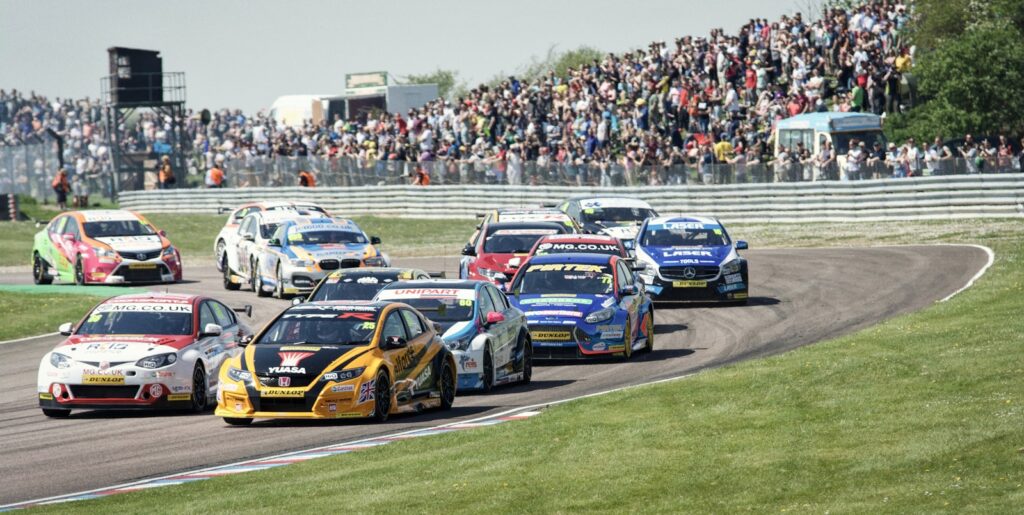
12. **Williams Racing’s Response: Gratitude, Frustration, and Future Focus**In the immediate aftermath of the FIA’s announcement, Williams Racing released a statement that encapsulated a mix of gratitude for the review process, alongside a degree of lingering frustration regarding the initial decision. The team’s words conveyed a clear sense of vindication, particularly regarding the stewards’ revised assessment of the Zandvoort incident and Sainz’s role within it. Their proactive challenge had undeniably yielded a positive outcome for their driver.
‘We are grateful to the stewards for reviewing Carlos’ Zandvoort penalty and are pleased they have now decided he was not at fault and that this was a racing incident,’ the team’s statement read. This sentence highlighted their satisfaction that the extensive efforts to present new evidence and arguments had been recognised, leading to Sainz being cleared of blame. It validated their belief that the collision was a complex racing scenario, not a clear-cut case of one driver being at fault.
However, Williams also openly acknowledged the ‘frustration that our race was compromised by the original decision.’ This sentiment reflected the immediate and unrecoverable impact of the in-race time penalty, which had undeniably affected their performance and points prospects at the Dutch Grand Prix. Despite the retrospective clarification, the practical damage from the initial ruling had already been sustained, underscoring the high stakes involved in stewards’ decisions made under pressure.
Looking beyond the immediate incident, Williams conveyed a forward-looking commitment to the sport’s overarching governance. They affirmed their intention to ‘continue to work constructively with the FIA to improve stewarding processes and review the racing rules for the future.’ This statement indicates that their petition was not merely about one penalty but also about contributing to the broader evolution and refinement of F1’s judicial framework, ensuring greater clarity and consistency in decision-making moving forward. It aligns with their previously stated intention of pursuing the review ‘to understand how to go racing in future.’
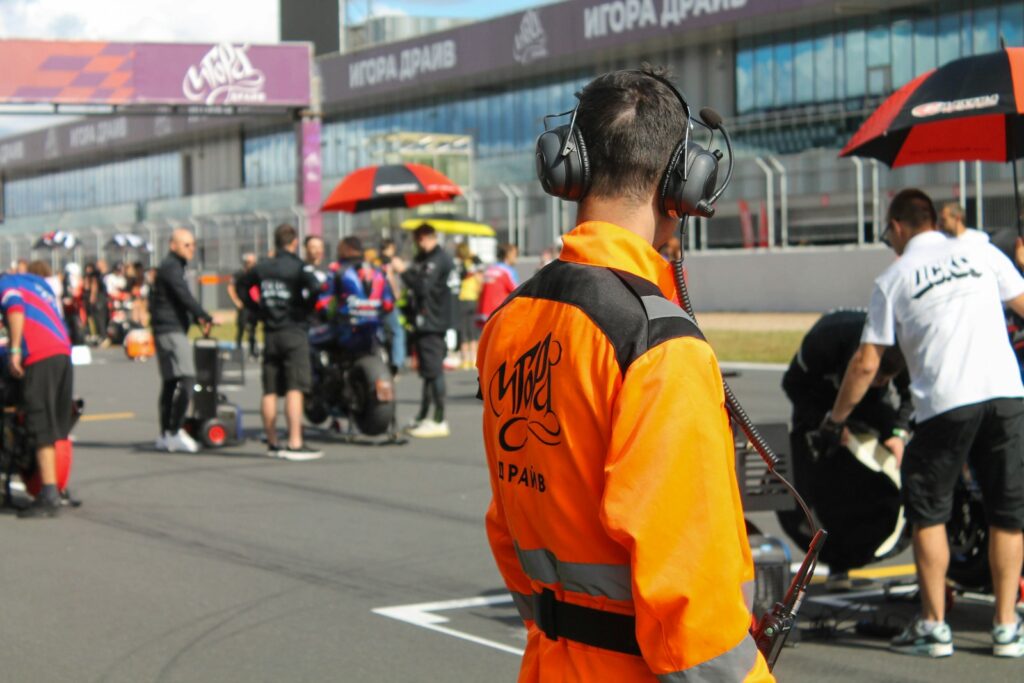
13. **Broader Implications for F1 Stewarding Principles and Consistency**The reversal of Carlos Sainz’s penalty points, especially given the initial availability of some relevant footage to the Zandvoort stewards at the time of the original call, is likely to send ripples throughout the Formula 1 paddock. This outcome inevitably ‘surprise[s] many in the paddock,’ prompting a renewed examination of how incidents are judged and the subsequent processes for review. It acts as a significant data point in the ongoing discourse about the integrity and impartiality of F1’s judicial system.
The decision ‘reignites discussions about consistency in stewarding decisions,’ a perennial concern within Formula 1. Teams and drivers consistently advocate for greater uniformity in the application of rules across different races and different steward panels. This case, where an initial verdict was significantly altered upon review of previously unavailable but pertinent evidence, highlights the challenges of achieving perfect consistency and the dynamic nature of incident interpretation.
Furthermore, the successful petition by Williams puts a spotlight on the ‘thresholds for right of review admissibility.’ The stringent criteria of presenting ‘new, significant, relevant, and unavailable’ evidence were clearly met in this instance. This success provides a precedent and perhaps a clearer understanding for other teams on what constitutes valid grounds for challenging a steward’s decision, potentially encouraging more such petitions in the future if similar circumstances arise where critical evidence was initially overlooked or inaccessible.
Ultimately, the outcome underscores the fundamental ‘importance of the FIA’s review process’ as a critical safeguard against potentially flawed initial rulings. It also reinforces the ‘ongoing scrutiny of how racing incidents are judged at the highest level.’ While the system aims for perfection, this case demonstrates its capacity for self-correction, even if it brings into sharper focus the complexities and human element inherent in rapid-fire sporting adjudication. The dialogue around F1’s judicial framework is therefore set to continue with renewed vigour, seeking continuous improvement and greater clarity for all stakeholders.
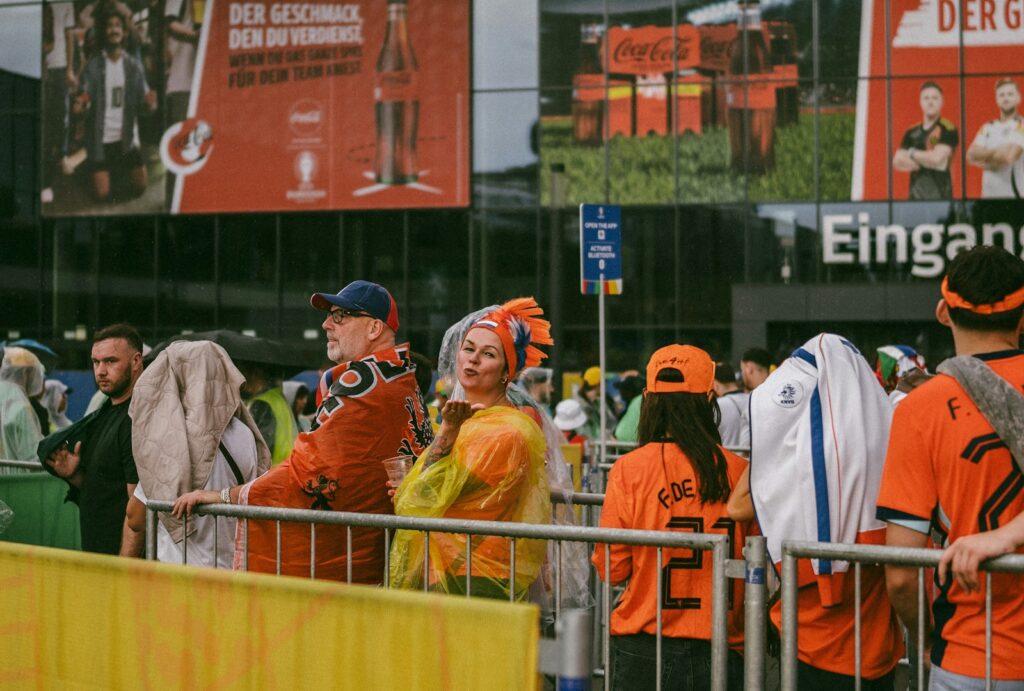
14. **The Impact on Driver Conduct and Overtaking Dynamics**The nuanced verdict from the FIA stewards offers critical insights not only into the specifics of the Sainz-Lawson collision but also into the broader principles governing driver conduct and overtaking dynamics in Formula 1. While Lawson’s momentary loss of control was identified as a cause, the stewards’ analysis of Sainz’s contribution provides valuable guidance for how drivers approach wheel-to-wheel racing, particularly on the outside of corners.
Their statement, ‘Car 55 [Sainz] contributed to the incident by taking the risk to drive close to, and on the outside of, Car 30 when Car 55 had no right to room there,’ is particularly instructive. This highlights a key tenet of racing: the ‘right to room’ is not always guaranteed, especially when attempting an overtake on the outside, where the attacking driver assumes a greater degree of risk. It suggests that while aggressive moves are part of F1, they come with an inherent responsibility to manage that risk effectively.
The stewards’ further observation that there was ‘a real possibility that, if the collision had not occurred where it did, Car 55 would run out of track at the exit and/or a collision would have occurred at the exit for which the Driver of Car 55 would likely be predominantly if not wholly to blame’ serves as a cautionary note. It implies that even if the initial contact had been avoided, Sainz’s chosen line carried a high probability of a subsequent incident for which he would have been primarily responsible. This analysis delves into the predictive consequences of a driver’s actions, moving beyond just the immediate impact.
This aspect of the verdict subtly informs drivers about the fine line between an opportunistic manoeuvre and an overly ambitious one. It reinforces the idea that an attacking driver must not only execute their move but also ensure they leave themselves sufficient track to complete it safely, or risk being deemed at fault. It encourages a careful assessment of track limits and the positioning of rivals, adding another layer of strategic thinking to overtakes.
Read more about: Driving Expert’s ‘Clever’ Hack: Stop Tailgaters Safely Without Ever Touching Your Brakes
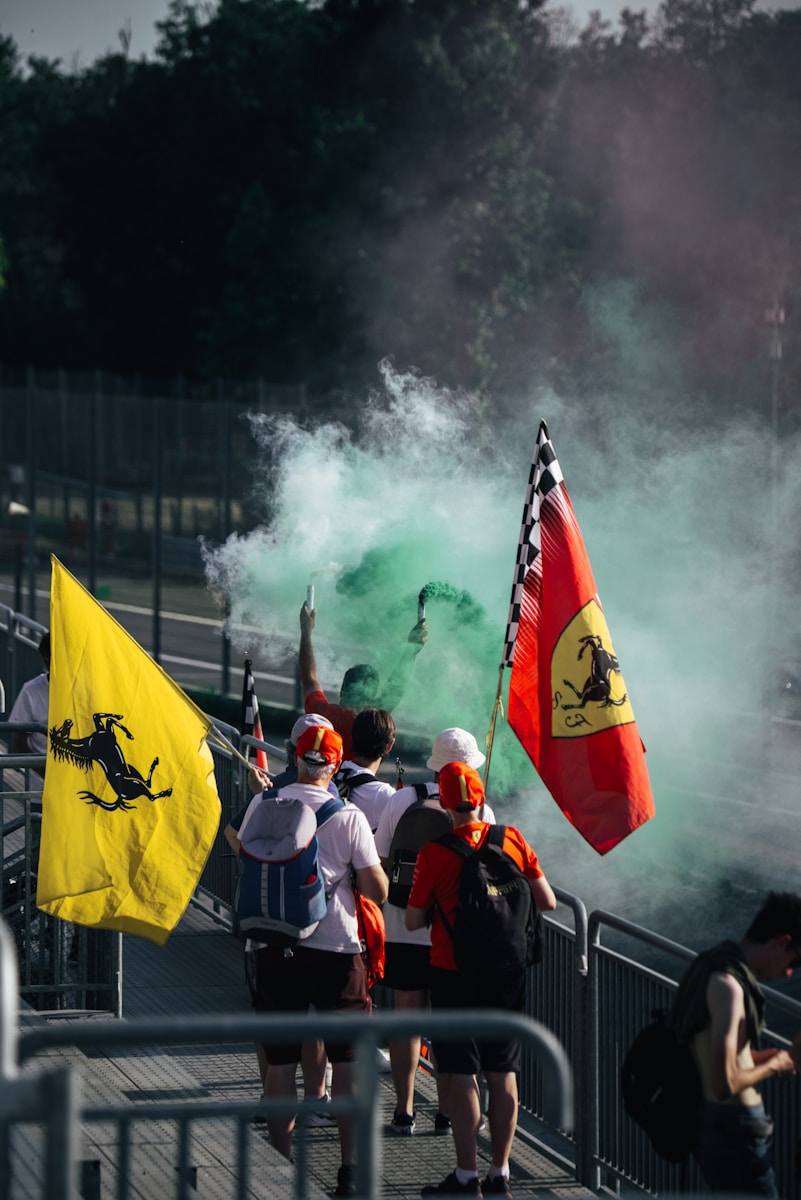
15. **The Unchanged Race Outcome and the Lasting Debate**Despite the comprehensive review and the significant reversal regarding Carlos Sainz’s penalty points, the ultimate race outcome from the Dutch Grand Prix remained unchanged. Sainz officially finished in 13th position, while Liam Lawson, despite his momentary loss of control, maintained his 12th place. This static final classification, while noted as inconsequential due to the served time penalty, underscores the complex and often frustrating nature of sporting justice in real-time, high-speed competition.
The entire incident, from the initial contact to the painstaking review process and the nuanced final verdict, serves as a powerful illustration of the inherent complexities and occasional subjectivity involved in adjudicating racing incidents. It highlights that what appears to be a clear-cut case in the heat of the moment can, upon deeper scrutiny with additional evidence, evolve into a situation where culpability is shared or reattributed in unexpected ways.
This ruling will undoubtedly continue to fuel the perennial debate within Formula 1 about the balance between allowing aggressive ‘racing incidents’ and punishing moves deemed genuinely at fault. The stewards’ final determination that ‘no driver was wholly or predominantly to blame’ for the collision, despite identifying Lawson’s momentary loss of control, suggests a leaning towards classifying ambiguous contacts as racing incidents, rather than assigning sole blame.
The ongoing need for clear, consistent, and transparent rules, alongside their equitable application, remains paramount in Formula 1. While this review process brought a measure of clarity and vindication for Sainz, it also reinforced the notion that every incident is unique, and interpretation can shift dramatically with new information. The Zandvoort verdict, therefore, not only closed a chapter for Carlos Sainz but also reopened broader discussions about the future of stewarding in the pinnacle of motorsport.
This intricate process, while a test of patience for all involved, ultimately reinforces the commitment of the FIA and Formula 1 to fairness and thoroughness. As the sport continues to push the boundaries of technology and competition, the systems of governance and adjudication must evolve in tandem, ensuring that every decision, no matter how contentious, is reached with the utmost diligence and an unwavering dedication to the spirit of racing. The Sainz-Lawson incident will long be remembered as a landmark case in this ongoing evolution.” , “_words_section2”: “1945



